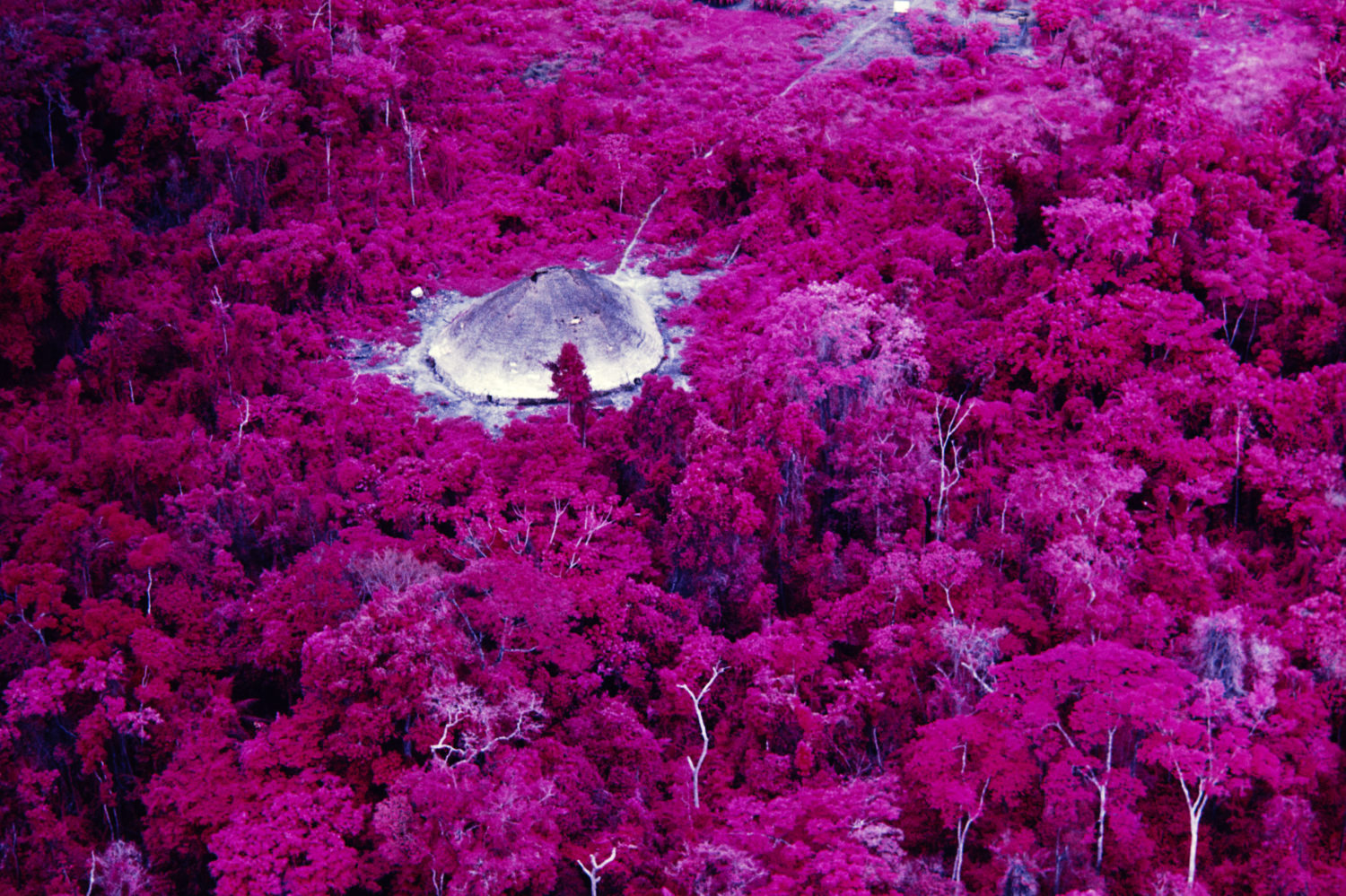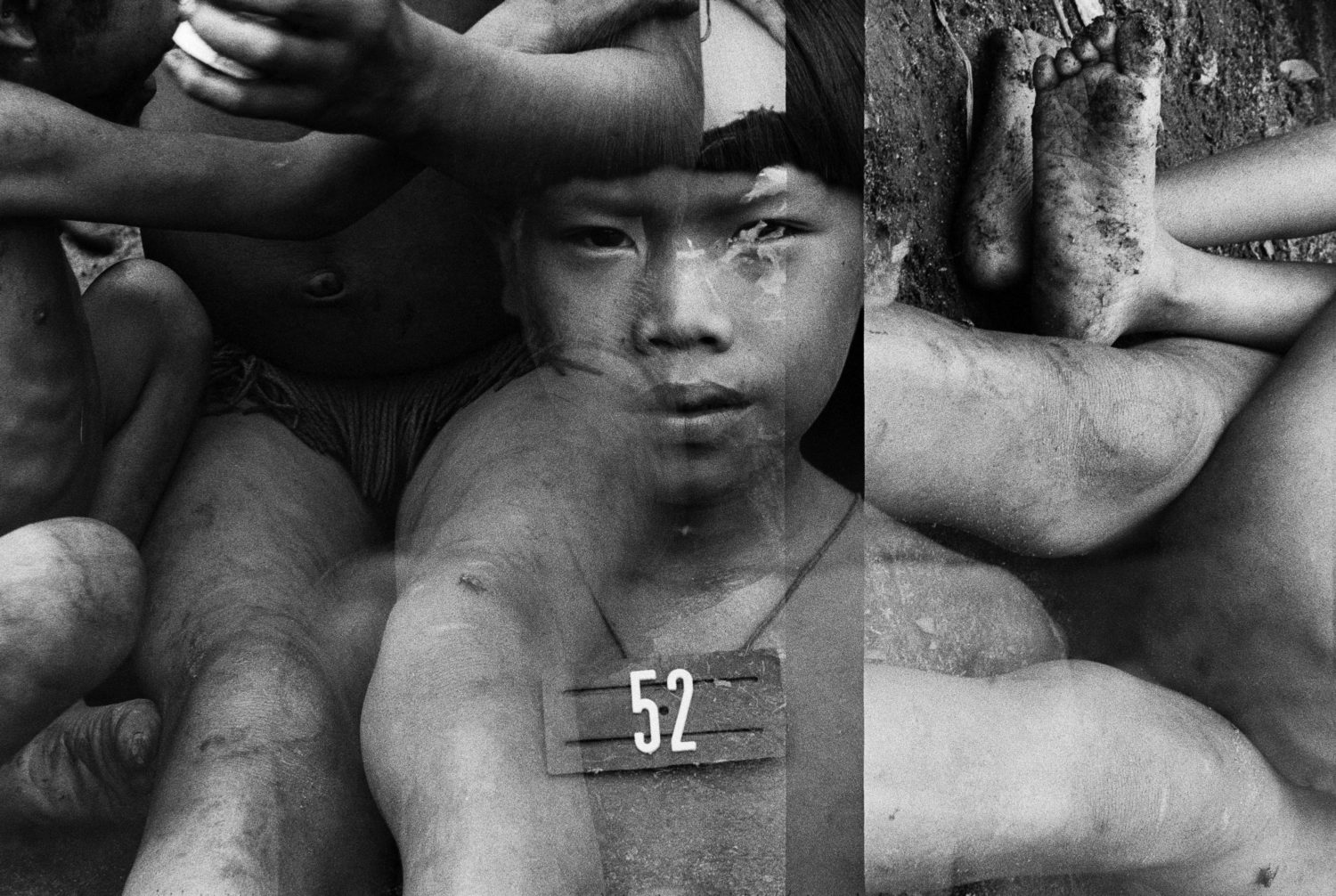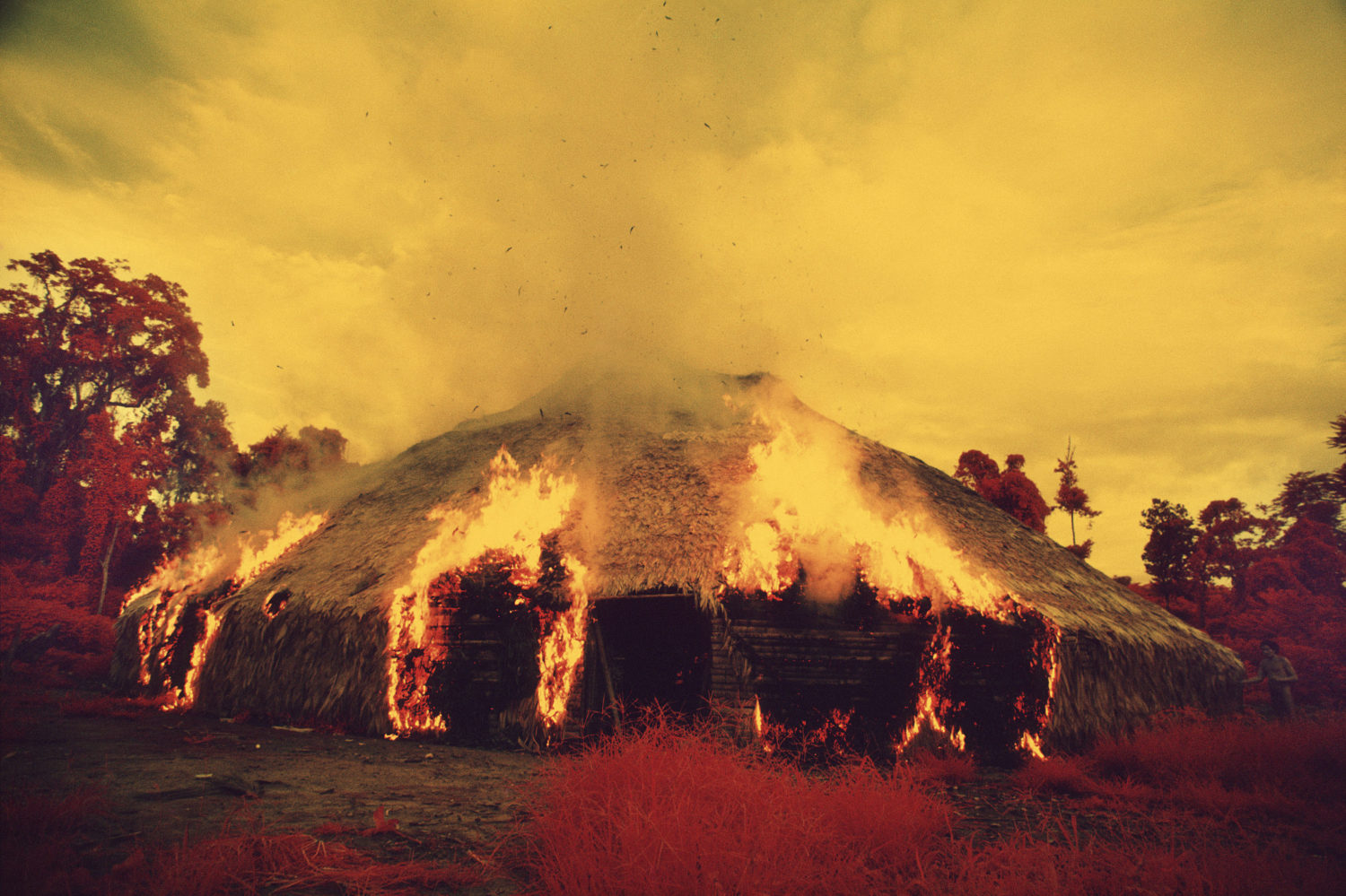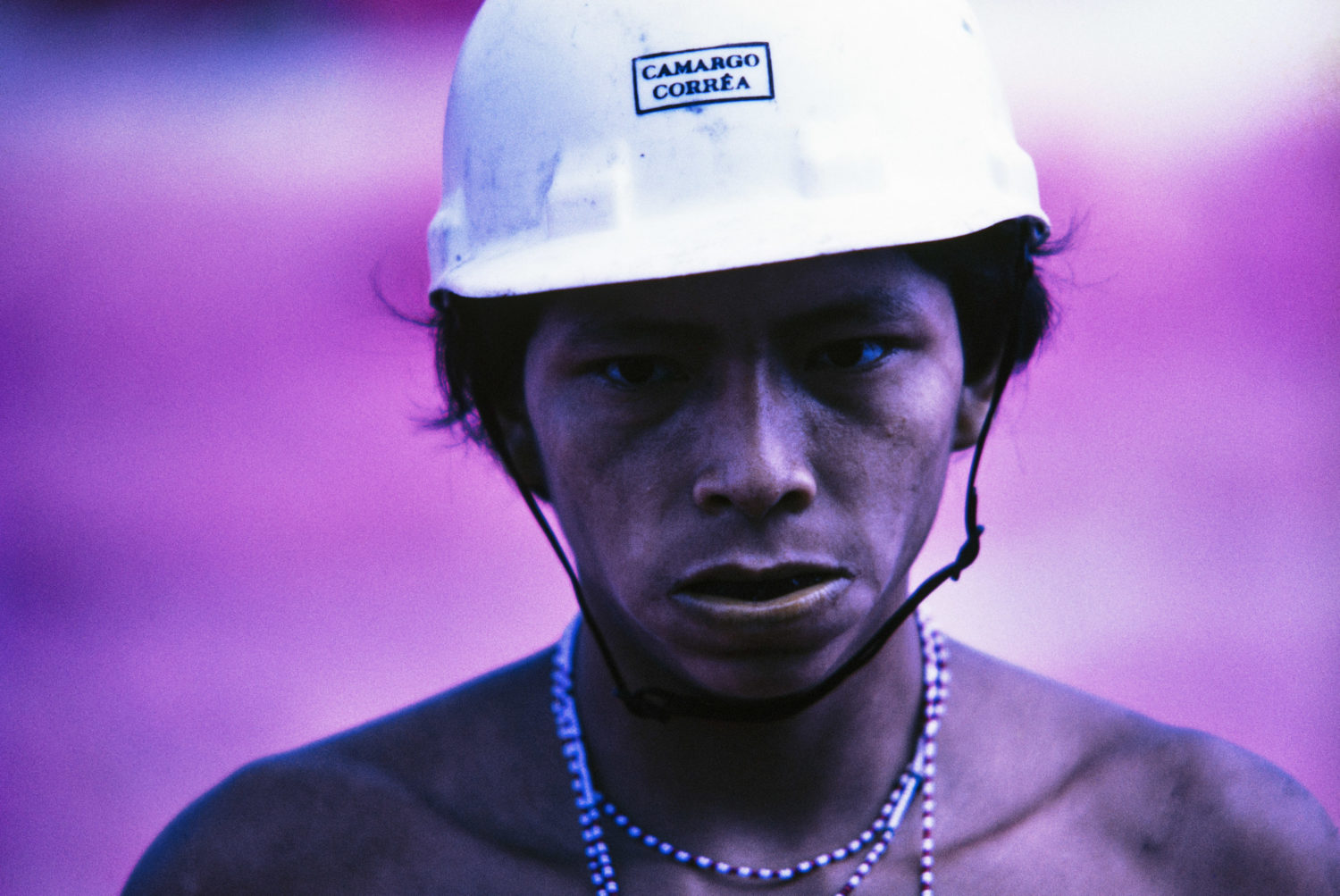Claudia Andujar: The Yanomami Struggle
By Something CuratedThis summer, Barbican Art Gallery presents Claudia Andujar: The Yanomami Struggle, an exhibition dedicated to the work and activism of Brazilian artist Claudia Andujar. For over five decades starting in the 1970s, she devoted her life to photographing and defending the Yanomami, one of Brazil’s largest indigenous communities. Andujar explains, “I started working with the Yanomami in the 1970s and they quickly became a second family to me. When I saw the threats they were facing, I decided to devote my time to helping them obtain the demarcation of the land they occupied so that it would be officially recognised by Brazilian law. After many years of struggle, we succeeded in our efforts. Sadly, their lands have once again been invaded by gold miners and so I hope that my work will continue to raise awareness of the dangers facing the Yanomami.”

At a time when the community’s territory is threatened more than ever by illegal gold mining, and as Covid-19 continues to sweep the globe, this major exhibition is especially relevant in the context of the humanitarian and environmental crises exacerbated by the pandemic. Claudia Andujar: The Yanomami Struggle is curated by Thyago Nogueira, Head of Contemporary Photography at the Instituto Moreira Salles in Brazil. Nogueira tells SC, “Through Claudia Andujar’s art, this show tells the story of a collaborative fight that managed to protect the Amazonian Yanomami people from a massacre caused by economic greed in the 80s and 90s in Brazil. I am afraid to say history is repeating itself with Covid-19 moving quickly into Yanomami lands and the failure of the Brazilian government to react. If we don’t act, another major humanitarian disaster will take place here.”

Andujar first met the Yanomami in 1971 while working on an article about the Amazon. Fascinated by this isolated community, and in receipt of a Guggenheim Fellowship, she decided to embark on an in-depth photographic essay of their daily life with the support of the Italian missionary Carlo Zacquini. From the beginning, Andujar’s approach differed greatly from the documentary style of her contemporaries. The photographs she made during this period show how she experimented with a variety of photographic techniques in an attempt to visually translate the shamanic culture of the Yanomami. Applying Vaseline to the lens of her camera, using flash devices, oil lamps and infrared film, she created visual distortions, streaks of light, and saturated colours. She also developed a series of black and white portraits that capture the grace and dignity of the peoples.

Based on years of research into Andujar’s archive, the exhibition explores her extraordinary contribution to the art of photography as well as her major role as a human rights activist. Over 200 photographs, an audio-visual installation, a film and a series of drawings by the Yanomami are brought together in The Curve, The Pit and the Barbican’s foyers. The exhibition will reflect the dual nature of Andujar’s career, committed to both art and activism. Photographs from her first six years living with the Yanomami, showing how she grappled with the challenges of visually interpreting a complex culture, will be featured alongside the work she produced during her period of activism, as she used photography as a tool for political change.

A critical moment highlighted in the show occurred in 1992; following the campaign led by Andujar, Zacquini, French anthropologist Bruce Albert and the Yanomami leader Davi Kopenawa among many others, supported globally by Survival International, the Brazilian government agreed to legally demarcate Yanomami territory. Recognised on the eve of the UN Conference on Environment and Development, this territory is still threatened by the Brazilian government’s inaction towards the 20,000 illegal miners operating in indigenous land and their tolerance of deforestation. Jane Alison, Head of Visual Arts at Barbican, says, “The visceral power of Andujar’s photography has never been more relevant, as the climate emergency and the impact of Covid-19 continues to threaten the Yanomami and the Amazon basin.”
Claudia Andujar: The Yanomami Struggle at the Barbican Centre | 17 June – 29 August 2021
Feature image: Claudia Andujar. Susi Korihana thëri swimming, Catrimani, 1972-1974. Infrared film. © Claudia Andujar